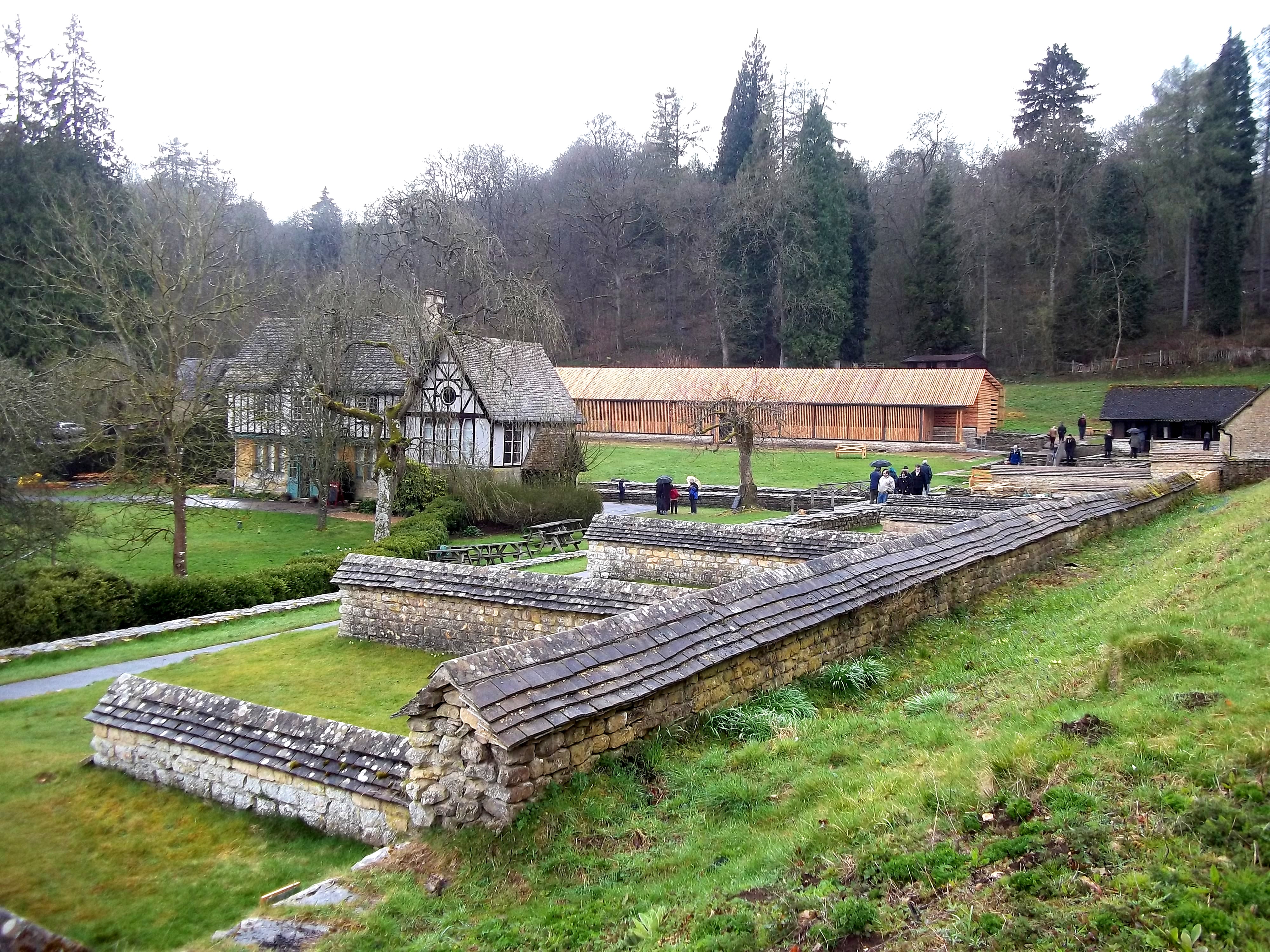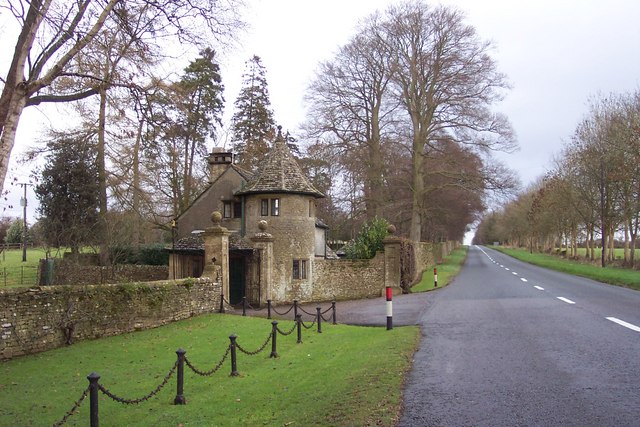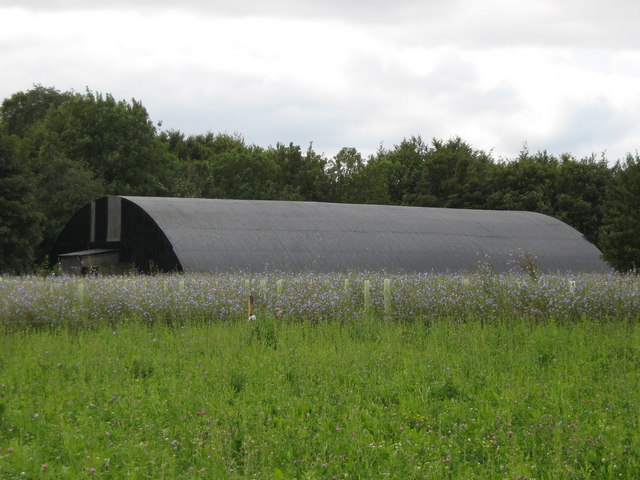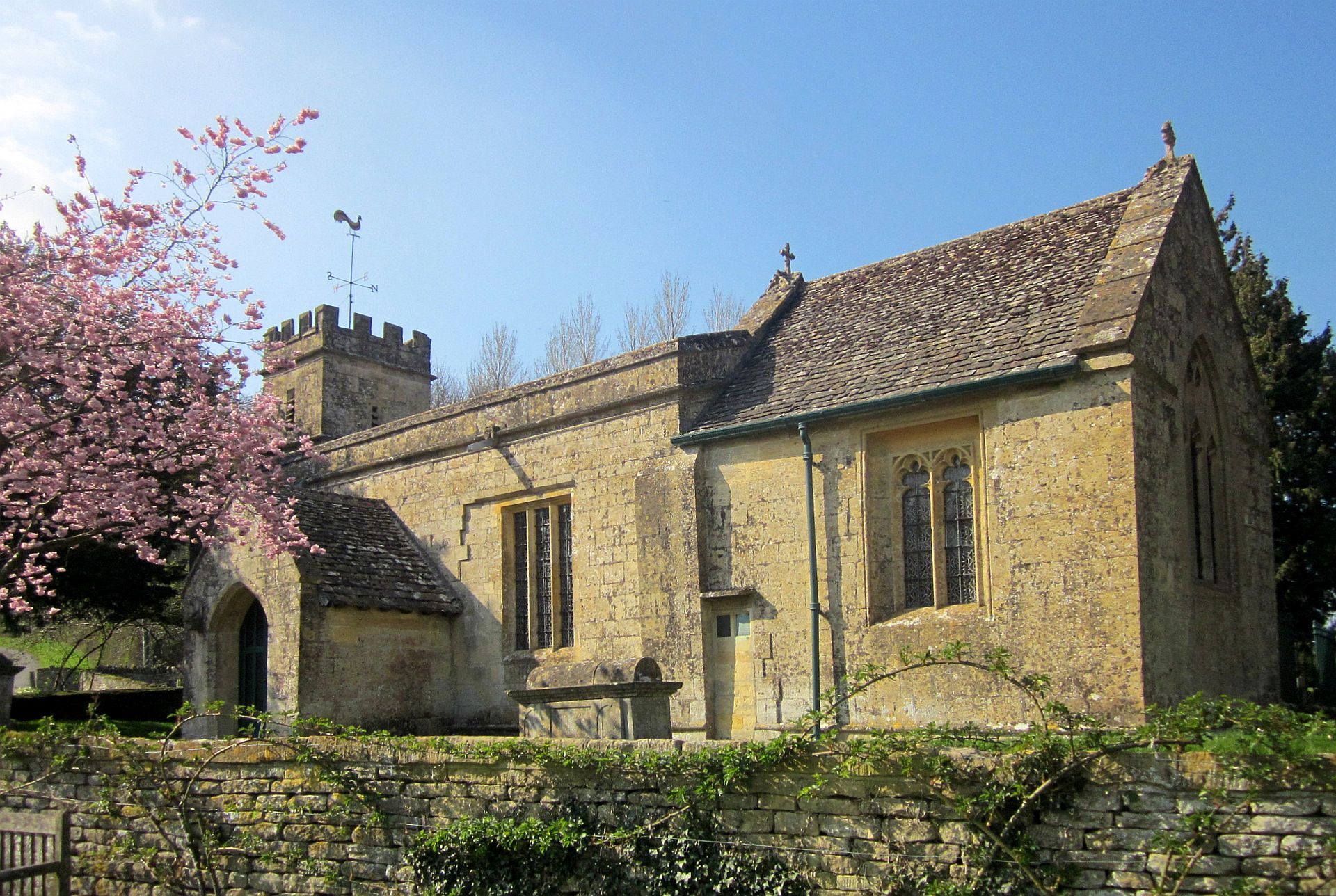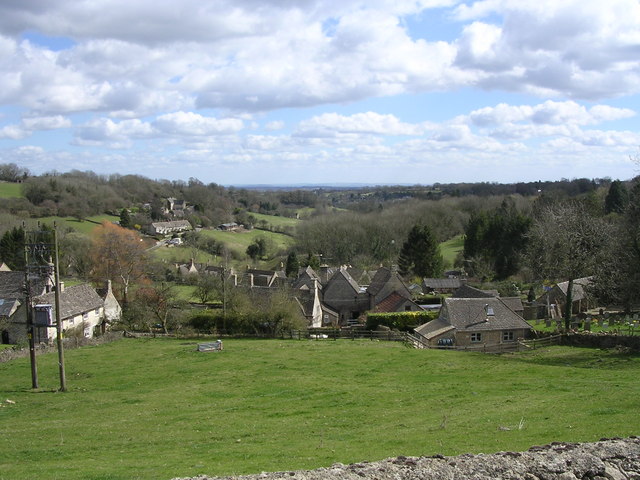Compton Wood
Wood, Forest in Gloucestershire Cotswold
England
Compton Wood

Compton Wood is a picturesque forest located in Gloucestershire, England. Nestled in the heart of the Cotswolds, this wood boasts a rich history and diverse ecosystem that attracts nature enthusiasts and visitors alike.
Covering an area of approximately 100 hectares, Compton Wood is predominantly composed of broadleaf trees, including oak, beech, and ash. This creates a breathtaking canopy that provides shade and shelter to a wide range of wildlife. The forest floor is adorned with an array of flora, such as bluebells, wood anemones, and wild garlic, painting a vibrant tapestry during springtime.
The wood is crisscrossed by an extensive network of well-maintained footpaths, making it an ideal location for walkers, hikers, and dog owners. These paths meander through the ancient woodland, allowing visitors to immerse themselves in the tranquil atmosphere and soak up the natural beauty of the surroundings.
Compton Wood is also home to a diverse array of wildlife. Birdwatchers can spot various species throughout the year, including woodpeckers, owls, and songbirds. Deer can occasionally be spotted grazing or roaming the forest, adding to the enchanting ambiance of the wood.
The wood is open to the public year-round, offering a peaceful retreat from the hustle and bustle of daily life. Whether it's a leisurely stroll, a family picnic, or wildlife spotting, Compton Wood provides an idyllic setting for nature lovers to connect with the great outdoors.
If you have any feedback on the listing, please let us know in the comments section below.
Compton Wood Images
Images are sourced within 2km of 51.827523/-1.9173453 or Grid Reference SP0514. Thanks to Geograph Open Source API. All images are credited.
![Chedworth Roman Villa [1] The modern building houses a museum and café.
Chedworth Roman Villa is a large and elaborate Roman villa and was occupied well beyond the Roman period. Built in phases from the 2nd century to the 5th century, it was an elite dwelling around three sides of a courtyard. The villa is in the care of the National Trust. The site is a Scheduled Ancient Monument with details at: <span class="nowrap"><a title="https://historicengland.org.uk/listing/the-list/list-entry/1003324" rel="nofollow ugc noopener" href="https://historicengland.org.uk/listing/the-list/list-entry/1003324">Link</a><img style="margin-left:2px;" alt="External link" title="External link - shift click to open in new window" src="https://s1.geograph.org.uk/img/external.png" width="10" height="10"/></span>](https://s0.geograph.org.uk/geophotos/07/00/02/7000224_98f9701d.jpg)
![Chedworth Roman Villa [2] The villa is located next to a natural spring, around which was later built an apsidal shrine to the water-nymphs.
Chedworth Roman Villa is a large and elaborate Roman villa and was occupied well beyond the Roman period. Built in phases from the 2nd century to the 5th century, it was an elite dwelling around three sides of a courtyard. The villa is in the care of the National Trust. The site is a Scheduled Ancient Monument with details at: <span class="nowrap"><a title="https://historicengland.org.uk/listing/the-list/list-entry/1003324" rel="nofollow ugc noopener" href="https://historicengland.org.uk/listing/the-list/list-entry/1003324">Link</a><img style="margin-left:2px;" alt="External link" title="External link - shift click to open in new window" src="https://s1.geograph.org.uk/img/external.png" width="10" height="10"/></span>](https://s2.geograph.org.uk/geophotos/07/00/02/7000226_fb90f89b.jpg)
![Chedworth Roman Villa [3] Part of the remains of the bath house.
Chedworth Roman Villa is a large and elaborate Roman villa and was occupied well beyond the Roman period. Built in phases from the 2nd century to the 5th century, it was an elite dwelling around three sides of a courtyard. The villa is in the care of the National Trust. The site is a Scheduled Ancient Monument with details at: <span class="nowrap"><a title="https://historicengland.org.uk/listing/the-list/list-entry/1003324" rel="nofollow ugc noopener" href="https://historicengland.org.uk/listing/the-list/list-entry/1003324">Link</a><img style="margin-left:2px;" alt="External link" title="External link - shift click to open in new window" src="https://s1.geograph.org.uk/img/external.png" width="10" height="10"/></span>](https://s1.geograph.org.uk/geophotos/07/00/02/7000229_2c96be80.jpg)
![Chedworth Roman Villa [4] The plaque describes this as &#039;a multi-purpose heated room&#039;.
Chedworth Roman Villa is a large and elaborate Roman villa and was occupied well beyond the Roman period. Built in phases from the 2nd century to the 5th century, it was an elite dwelling around three sides of a courtyard. The villa is in the care of the National Trust. The site is a Scheduled Ancient Monument with details at: <span class="nowrap"><a title="https://historicengland.org.uk/listing/the-list/list-entry/1003324" rel="nofollow ugc noopener" href="https://historicengland.org.uk/listing/the-list/list-entry/1003324">Link</a><img style="margin-left:2px;" alt="External link" title="External link - shift click to open in new window" src="https://s1.geograph.org.uk/img/external.png" width="10" height="10"/></span>](https://s3.geograph.org.uk/geophotos/07/00/02/7000231_9496d21a.jpg)
![Chedworth Roman Villa [5] One of the mosaic floors.
Chedworth Roman Villa is a large and elaborate Roman villa and was occupied well beyond the Roman period. Built in phases from the 2nd century to the 5th century, it was an elite dwelling around three sides of a courtyard. The villa is in the care of the National Trust. The site is a Scheduled Ancient Monument with details at: <span class="nowrap"><a title="https://historicengland.org.uk/listing/the-list/list-entry/1003324" rel="nofollow ugc noopener" href="https://historicengland.org.uk/listing/the-list/list-entry/1003324">Link</a><img style="margin-left:2px;" alt="External link" title="External link - shift click to open in new window" src="https://s1.geograph.org.uk/img/external.png" width="10" height="10"/></span>](https://s0.geograph.org.uk/geophotos/07/00/02/7000232_d57fa5a8.jpg)
![Chedworth Roman Villa [6] Part of a mosaic floor with the hypocaust underneath.
Chedworth Roman Villa is a large and elaborate Roman villa and was occupied well beyond the Roman period. Built in phases from the 2nd century to the 5th century, it was an elite dwelling around three sides of a courtyard. The villa is in the care of the National Trust. The site is a Scheduled Ancient Monument with details at: <span class="nowrap"><a title="https://historicengland.org.uk/listing/the-list/list-entry/1003324" rel="nofollow ugc noopener" href="https://historicengland.org.uk/listing/the-list/list-entry/1003324">Link</a><img style="margin-left:2px;" alt="External link" title="External link - shift click to open in new window" src="https://s1.geograph.org.uk/img/external.png" width="10" height="10"/></span>](https://s1.geograph.org.uk/geophotos/07/00/02/7000233_2a376324.jpg)









Compton Wood is located at Grid Ref: SP0514 (Lat: 51.827523, Lng: -1.9173453)
Administrative County: Gloucestershire
District: Cotswold
Police Authority: Gloucestershire
What 3 Words
///strongly.sedative.equipment. Near Northleach, Gloucestershire
Nearby Locations
Related Wikis
Chedworth Nature Reserve
Chedworth Nature Reserve (grid reference SP048143) is a 6-hectare (15-acre) nature reserve in Gloucestershire. The site is listed in the 'Cotswold District...
Chedworth Roman Villa
Chedworth Roman Villa is located near Chedworth, Gloucestershire, England and is a scheduled monument. It is one of the largest and most elaborate Roman...
Compton Abdale
Compton Abdale is a small village in Gloucestershire, England on the Roman "White Way" which ran North from Cirencester ("Corinium.") The village lies...
Stowell Park
Stowell Park Estate is a 6,000-acre (24 km2) historic agricultural and sporting estate in the Cotswold Hills, Gloucestershire, England. The estate includes...
RAF Chedworth
Royal Air Force Chedworth or more simply RAF Chedworth is a former Royal Air Force satellite station located near Chedworth, Gloucestershire, England....
St Michael's Church, Yanworth
The Church of St. Michael is the parish church of Yanworth, Gloucestershire, England. The church is a Grade II* listed building dating from the late-12th...
Church of St Andrew, Chedworth
The Anglican Church of St Andrew at Chedworth in the Cotswold District of Gloucestershire, England was built in the late 12th century. It is a grade I...
Chedworth
Chedworth is a village and civil parish in Gloucestershire, southwest England, in the Cotswolds. It is known as the location of Chedworth Roman Villa,...
Nearby Amenities
Located within 500m of 51.827523,-1.9173453Have you been to Compton Wood?
Leave your review of Compton Wood below (or comments, questions and feedback).



